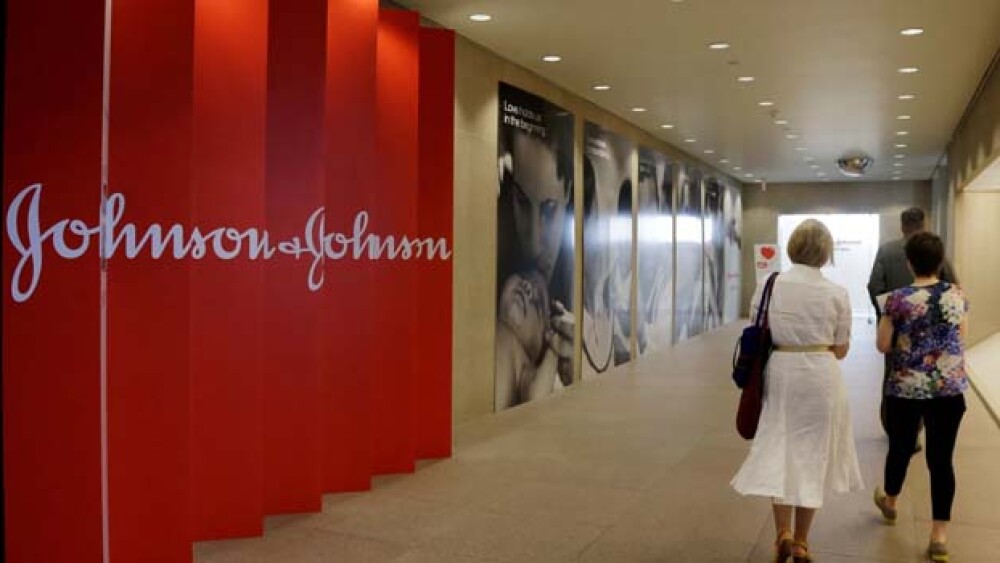Life sciences giant Johnson & Johnson may be shopping around its sterilization products division.
Life sciences giant Johnson & Johnson Family of Companies may be shopping around its sterilization products division. The asking price could be as high as $2 billion, according to reports.
Citing unnamed people familiar with the matter Bloomberg reported J&J is actively working with an advisor to solicit bids for the business unit. The potential sale of the division is drawing interest from strategic buyers and private equity companies, according to the report. Bids for the division could come in by the end of this week, the sources told Bloomberg.
J&J would not confirm that it was exploring a sale of its sterilization products division, Bloomberg said. No final decision has yet been made and J&J may not sell off its division, according to the report.
Like several biopharma companies, J&J has been in the process of streamlining its divisions, which includes the sale of non-core assets. The advanced sterilization products unit, which goes by the acronym ASP, develops instrument sterilization, high-level disinfection, and cleaning technologies to help health-care facilities. Its product portfolio includes the Sterrad systems, which is used to sterilize medical instruments, as well as the Evotech endoscope cleaner.
Other J&J divisions that could be sold include its over-the-counter business, diabetes-care unit and medical devices unit, Bloomberg said. In September HRA Pharma acquired J&J’s Compeed division. That division manufactured lip-balms and blister-care treatments.
While J&J’s medical devices unit could potentially be considered for a sale the business unit is still conducting business. This morning the Johnson & Johnson Medical Devices division acquired Orthotaxy, a privately-held developer of software-enabled surgery technologies. Othotaxy’s product line includes a differentiated robotic-assisted surgery solution. The robotic surgery tool is currently in development for total and partial knee replacement. J&J said it intends to broaden the device’s application for a range of orthopedic surgery procedures.
With recent changes to the U.S. Tax Code J&J indicated earlier this month that it intends to invest more money into research and development efforts. How much money the company intends to invest in R&D remains unknown. J&J’s Chief Financial Officer Dominic Caruso told Bloomberg that the company will look at all opportunities, but said the spending increase will be “significant” as it invests in “innovation.” The company said in January that it will be able to repatriate about $12 billion of offshore money and use that to fund U.S. operations. J&J Chief Executive Officer Alex Gorsky said the influx of repatriated funds will not change the company’s M&A strategies, CNBC reported.
Despite the possible sale of non-core assets J&J’s pharmaceutical division Janssen Pharmaceuticals, has been proactive in deal-making. Earlier this month the company struck a deal with Theravance Biopharma to develop a drug for inflammatory bowel diseases (IBD). Janssen will fork over $100 million upfront but Theravance could earn more than $1 billion after all milestones and other factors are added to the deal.
While not related to deal-making also this month Janssen scored approval of Erleada, the first FDA-approved treatment for patients with non-metastatic castration-resistant prostate cancer (NM-CRPC).





